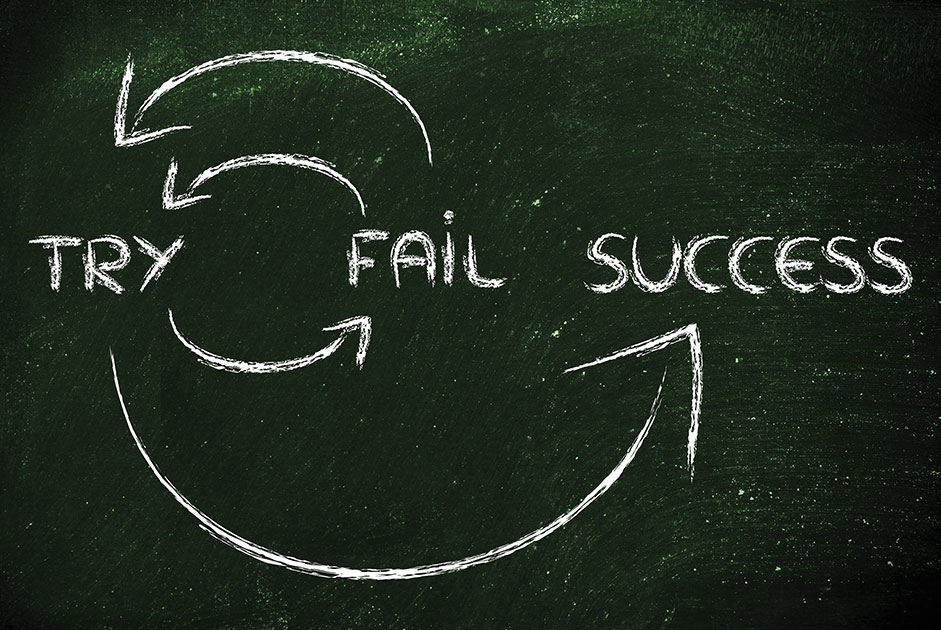The digital landscape evolved rapidly in 2022 as the pandemic drove communities and businesses online. exchange4media tracks down top key trends in the digital landscape this year
In the rapidly evolving world of digital trends, every year brings something new and exciting for consumers and marketers. The year 2022 saw many such trends that captured our imagination, from the promise of Metaverse to the impending Web 3.0. The year also saw the implosion of cryptocurrency and the emergence of connected TV as avenue for marketers and media planners.
In this edition of e4m’s year-enders, we list down the top 10 trends from the digital world that rocked 2022.
1. Digital ad spend
India’s digital ad revenue remained the talk of the town for the entire year.
Two tech giants Google India and Meta India-pocketed more than Rs 41,000 crore in 2021-22 through online ads. E-commerce players Amazon India and Flipkart also clocked nearly Rs 7,000 crore in ad money together, taking the cumulative Indian revenue of Meta, Google, Amazon and Flipkart to Rs 48,000 crore.
This is much higher than the predictions made by the leading agencies earlier this year. Although the reports and predictions had different timelines, experts believe that digital ad spend could be at an all-time high this year riding on the growth of small and medium-scale enterprises (SMEs), perhaps even surpassing the ad spend on TV.
TAM report for Q1 and Q2 of FY23 however paints a different picture. It indicates digital ad insertion has declined by 13% compared to the Jan-March quarter.
“The growth rate has declined, but digital ad spend has continued its growth in 2022 s as India’s economic outlook appears to be stronger relative to other markets,” says Atique Kazi, President – Data, Performance & Digital Products, GroupM India.
GroupM’s ‘This Year Next Year’ end-of-the-year report pegs that digital advertising revenue in India accounts for the largest share (48.8%) in 2022 and is expected to continue rising above pre-pandemic levels. Retail media in India is forecast at $551 million in 2022.
2. Data privacy law
Data privacy debates rocked the country throughout the year mainly due to rising data breach cases and stringent laws in the European Union and other developed countries. India has close to 760 million internet users.
After much pressure, the government of India has finally come out with a revamped Data Protection Bill that seeks to allow companies to transfer some users’ data abroad, while giving the federal government powers to exempt state agencies in the interests of national security.
The Bill also proposes financial penalties of up to $30 million fine for breaching the provisions of the law.
The revised Bill came after India withdrew a 2019 privacy bill in August this year. It alarmed companies by proposing stringent restrictions on cross-border data flows. The proposed law would be the latest regulation that could impact how tech giants such as Facebook and Google process and transfer data in India’s fast-growing digital market.
3. Connected TV advertising
Connected TVs number this year crossed 10 million in India, according to a FICCI-EY report for 2022. With the rapid growth of CTV and its young users, it has emerged as a touchpoint of interest for marketers and media planners to effectively reach out to their audiences.
It is rapidly emerging as an ideal medium for brands to directly target their audiences. With connected TV, brands are able to advertise on the large screen and at the same enjoy the benefits of digital advertising, like targeting, measurement and interactivity.
Although connected TV advertising is in its nascent stage in India and the platform lacks effective measurement tools, brands have started to advertise on the platform this year.
Prabhvir Sahmey, Senior Director-India and South East Asia, Samsung Ads, assures, “As we look to the next generation of audience measurement, large first-party data sets from Smart TVs will likely play a key role around not only measurement but also planning and optimisation.”
4. Short-videos
The Indian short-form video market set off on a strong growth trajectory in 2022, thanks to the Indian government’s ban on TikTok in 2020.
“The void was quickly filled by global giants YouTube Shorts and Instagram Reels besides home-grown platforms like Moj, Josh, MX TakTaka, Chingari among others”, says Sajal Gupta, Digital Marketing Specialist, Chief Executive Kiaos Marketing.
With a 300 million active user base, short-form video platforms have witnessed a surge in content consumption this year.
RedSeer predicted in 2021 that short-video platforms will overtake over-the-top (OTT) video streaming platforms in terms of content consumption in 2022.
Indian short-video apps alone see a $19 billion monetisation opportunity by 2030, according to a Redseer report.
5. Metaverse
During 2022 it was hard to move without bumping into the term “metaverse”, especially following Facebook’s rebranding into Meta at the end of 2021. Metaverse enabled a myriad of new opportunities for the digital and physical worlds to converge.
Leading advertisers like Maruti Suzuki, Mahindra & Mahindra, Tanishq, Mondelez and MakeMyTrip, set the tone by leveraging the virtual space to create their own Shoppe in the metaverse.
The craze that started at the beginning of the year during the Omicron wave appears to have somewhat fizzled out later.
Rubeena Singh, outgoing country manager, Josh, says, “Metaverse has immense potential and people are yet to explore the space fully.”
It is predicted to add $5 trillion to the value of the global economy by 2030, and 2023 is likely to be a key year for defining the direction it will take.
6. Social Commerce
Brands and retailers strategized around social commerce—creating content designed to show off products in an entertaining and visually appealing way so that it’s shared widely across social media.
Integrations with Shopify and other payment platforms made it easier for brands and influencers to set up shop on social media.
Besides, Influencers were roped in for performance marketing. With coupon codes, their followers purchased online with influencers counting their cut in their wallet.
7. Micro and Nano-influencers
Content creators with smaller followings than film actors and celebrities emerged as the strategic play in the influencer marketing world in 2022.
According to the latest INCA-e4m Influencer Marketing Report 2022, the industry grew to touch Rs 1,275 crore in India this year and is likely to grow by 25% CAGR for the next five years.
The popularity of influencers, especially nano- and micro-influencers, grew phenomenally to an extent that they were more trusted than celebrities across the board by consumers and there is more willingness to try a product on the basis of influencer recommendation vis-a-vis celebrity recommendation, the report highlights.
8. Crypto downfall
The cryptocurrency market plunged to a new low every day in 2022. It all started after the Luna-Terra fiasco early this year, followed by Bitcoin and then many others.
Crypto markets crashed further following the Indian government’s announcement to impose a 30 per cent tax on earnings from crypto trading in the budget, which was implemented in April.
November 2022 was a month that investors watched in horror as FTX, the multi-billion-dollar crypto exchange, imploded. Soon afterwards, other leading crypto firms were inundated with requests from customers seeking to claw their money back — the crypto equivalent of a run on the bank.
Several firms have been forced to suspend withdrawals while they sort out their liquidity problems.
9. Web 3.0
While many tech messiahs like Elon Musk and Jack Dorsey have expressed their doubts over Web 3.0, leading marketers are calling it the future of the internet and democratization of ownership of media, information and the way companies, consumers and content interact with each other.
Many started working on developing Web 3.0 systems, touting its benefits to consumers and a way for brand interaction sans the middlemen.
Unlike Web 1.0, which comprised largely static web pages and Web 2.0 as it exists today, Web 3.0 is based on blockchain technology, with a potential decentralized ecosystem that will allow users to break away from the control of tech giants like Alphabet, Meta, and the rest of “big tech”, thereby bringing down the “walled gardens” of closed internet platforms.
Web 3.0 helps us design intelligent interfaces that are more user-friendly, highly personalized, increasingly adaptable, and easily shareable, with heightened security and privacy.
10. First-party data
Third-party cookies have acted as a catalyst for advertisers, who invest heavily in digital, to understand who their consumers are, what their preferences are, and where they are located, to target them with precision. Google is gearing up to eliminate third-party cookies in its Chrome browser by 2023.
Since Google Chrome holds the largest market share in terms of browsing in India, a large number of marketers started investing in first-party data this year.
Sajal Gupta says, “Huge investments are required in collecting the first-party data. Then there are recurring costs associated with the data as consumers grow over the years and their preferences and requirements also change accordingly. For B2B entities, first party data collection would be tricky.”



























